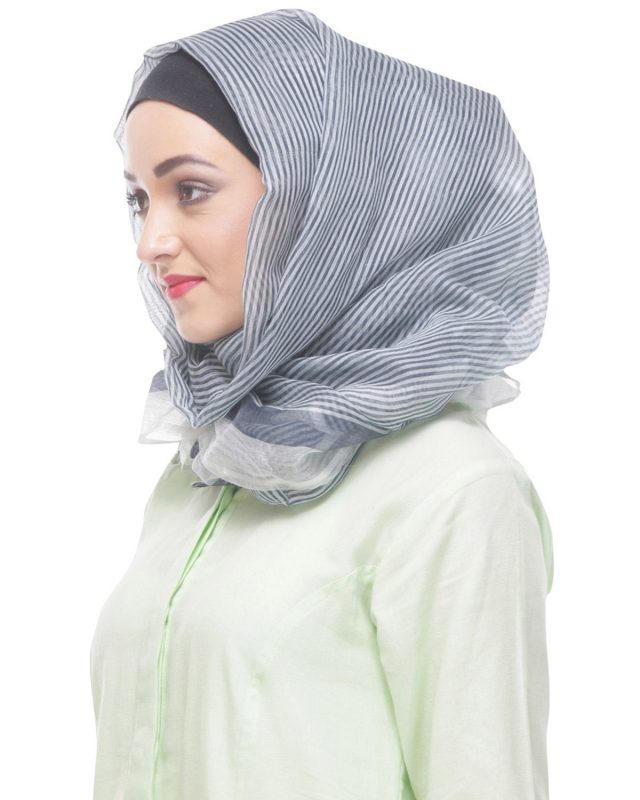
Linen is made from the flax plant, which looks like a cross between a cornflower and a lavender plant. Flax is grown worldwide, but since the 1950s, most of the flax used for fabric has originated in Northern Europe,
Linens texture is its main allure, its soft and cool to touch, making it perfect for summer, it also tends to get softer with use.
it is also one of the strongest, most durable fabrics available. It’s about three times as strong as cotton and gets stronger when wet.Nope I am not suggesting you keep your Hijabs soaked in water all the time! Linen also does not shed like other fabrics and tend to have a natural colour and cluster, with a beautiful sheen to it. One of the greatest benefits of Linen is that it is anti-microbial and is very eco friendly, However Linen gets wrinkly very quick, though some people cringe at linen’s crinkles, others consider them part of its charm. Just know you’ll need to embrace linen’s irregular character to make it work for you. ( Kind of like marmite, you either love it or hate it!)
History: The discovery of dyed flax fibers in a cave in Georgia dated to thirty-six thousand years ago suggests that ancient people used wild flax fibers to create linen-like fabrics from an early date.
Interestingly, Linen was sometimes used as currency in ancient Egypt. Egyptian mummies were wrapped in linen as a symbol of light and purity, and as a display of wealth.

